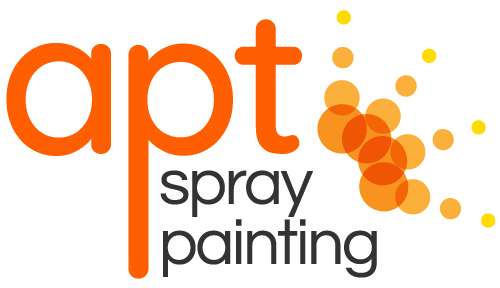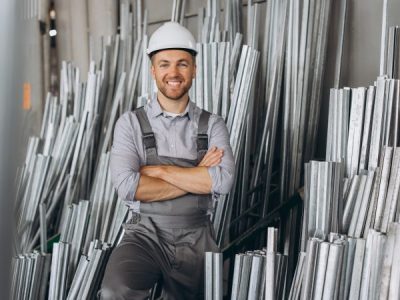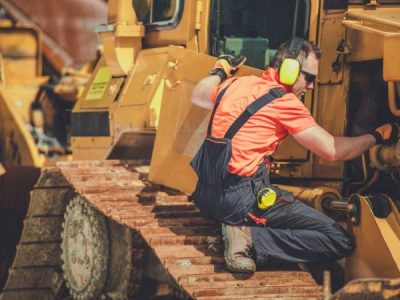The choice of high-performance coatings might seem like a minor detail in your extensive project checklist, but it plays a crucial role in safeguarding your investment. This decision directly impacts equipment longevity, compliance standards, and overall project costs. As Australia’s industrial sector faces relentless environmental challenges—from the corrosive coastal air in Brisbane and Sydney to the abrasive conditions of inland mining operations—selecting the right high-performance coating system has never been more essential.
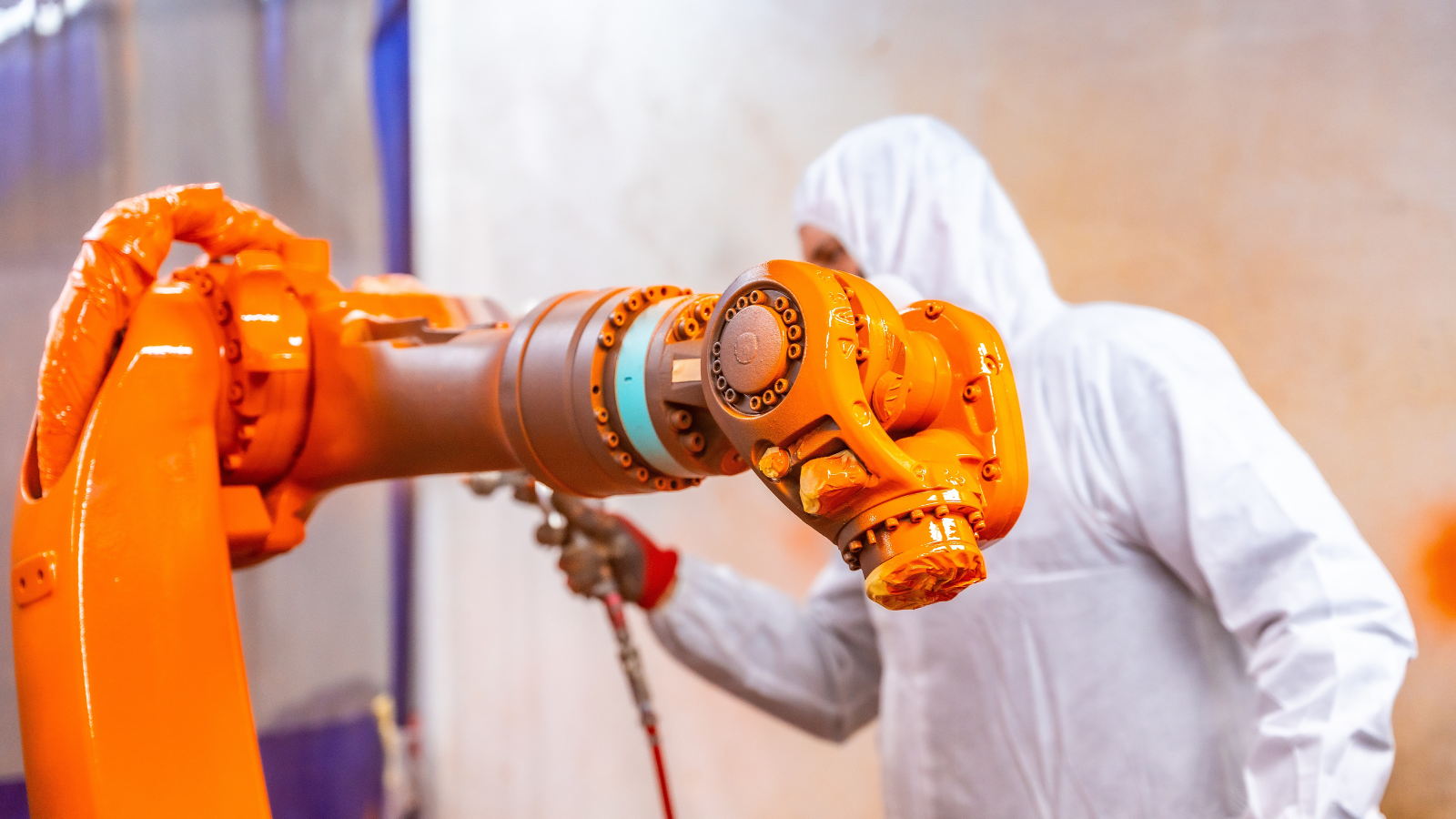
Understanding the True Value of Industrial Coatings
Many project managers view industrial coatings as just another expense, overlooking the substantial return on investment they offer. In Australia’s diverse industrial landscape, where equipment endures everything from salt spray to chemical exposure, high-performance coatings act as the first line of defence against costly deterioration. Consider the mining sector—where a single day of downtime due to corrosion can cost hundreds of thousands of dollars. Properly applied, these coatings form a durable barrier that extends equipment lifespan, reduces maintenance, and keeps operations running smoothly.
The key is recognising that not all coatings are created equal. While standard paints might suffice for basic applications, industrial equipment demands specialised systems designed to withstand extreme conditions. These systems typically include multiple layers—primers, intermediate coats, and topcoats—each serving a specific protective purpose. For example, zinc-rich primers provide sacrificial corrosion protection, while high-build epoxy mastics deliver superior chemical resistance and impact strength.
Moreover, Australian standards such as AS/NZS 2312.1 outline strict requirements for protective coatings on steel structures. Compliance goes beyond ticking boxes—it’s about ensuring equipment performs optimally in harsh environments. Projects near coastal regions require particularly robust high-performance coatings, as salt-laden air accelerates corrosion rates if surfaces aren’t adequately protected.
Essential Coating Systems for Industrial Applications
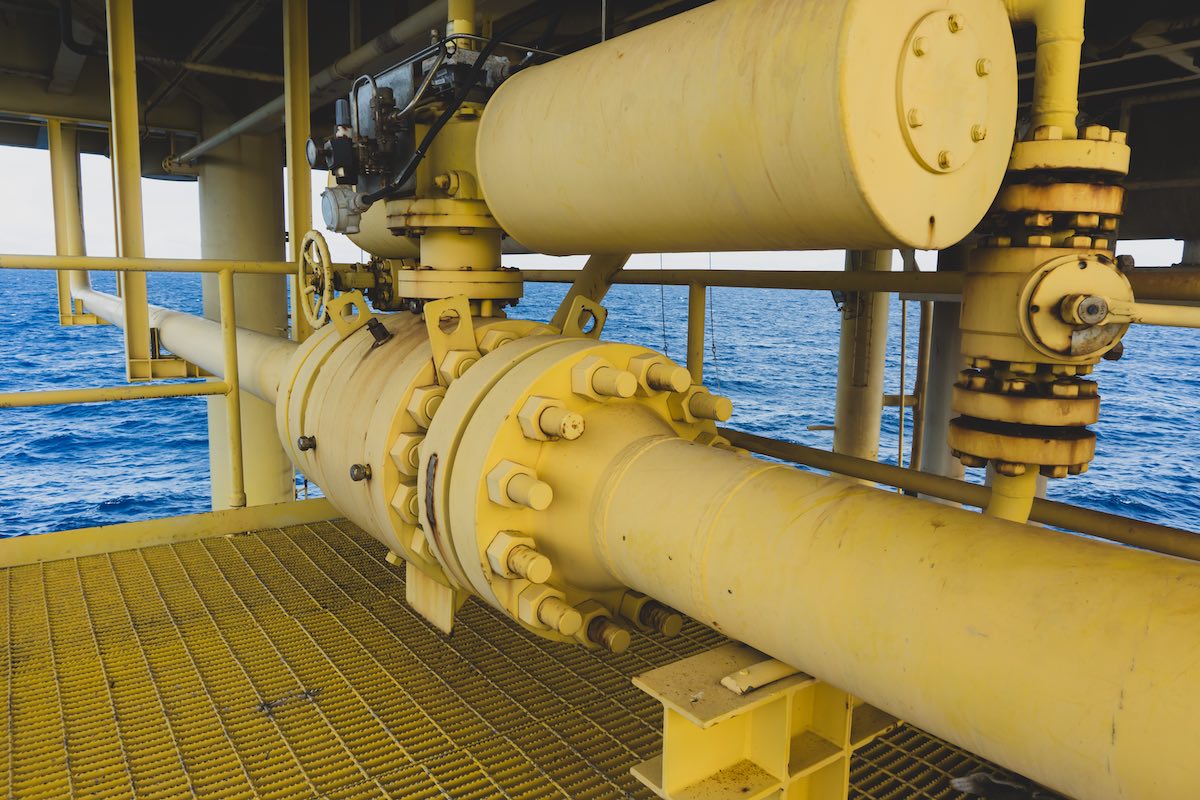
Choosing the right high-performance coating starts with understanding the unique strengths of each system:
High-Temperature Paint withstands extreme heat without cracking, peeling, or losing its protective properties. It’s ideal for exhaust systems, boilers, and machinery exposed to intense thermal stress, while also offering reliable corrosion protection.
Epoxy Paint provides unmatched durability and chemical resistance, forming a tough barrier against abrasion, impact, and corrosive substances. Its strong adhesion and glossy finish make it perfect for high-traffic areas, machinery, and industrial floors.
2K Polyurethane Paint delivers exceptional toughness, UV resistance, and long-lasting colour retention. It’s the go-to choice for outdoor-exposed equipment, providing a resilient finish that resists wear, weathering, and fading.
Zinc-Rich Primers are the first line of defence for equipment exposed to harsh environments, especially coastal or offshore locations. These primers protect through galvanic action, where the zinc layer sacrifices itself to shield the underlying steel from corrosion. When combined with epoxy intermediates and polyurethane topcoats, zinc-rich systems provide decades of reliable protection, even in the most aggressive industrial settings.
High-Build Epoxy Mastics are designed for heavy-duty industrial environments, offering superior adhesion, chemical resistance, and impact protection. These coatings are particularly effective for aging or slightly corroded equipment, as their thick application bridges surface imperfections while reinforcing structural integrity. They’re an ideal choice for mining machinery, transport trailers, and other assets exposed to constant wear and chemical exposure.
Each of these high-performance coatings plays a vital role in extending equipment life, minimising maintenance, and ensuring compliance with industry standards. By choosing the right system and ensuring proper application, project managers can protect their assets and maintain operational efficiency, even in Australia’s toughest industrial environments.
Tailoring Coating Solutions to Your Industry
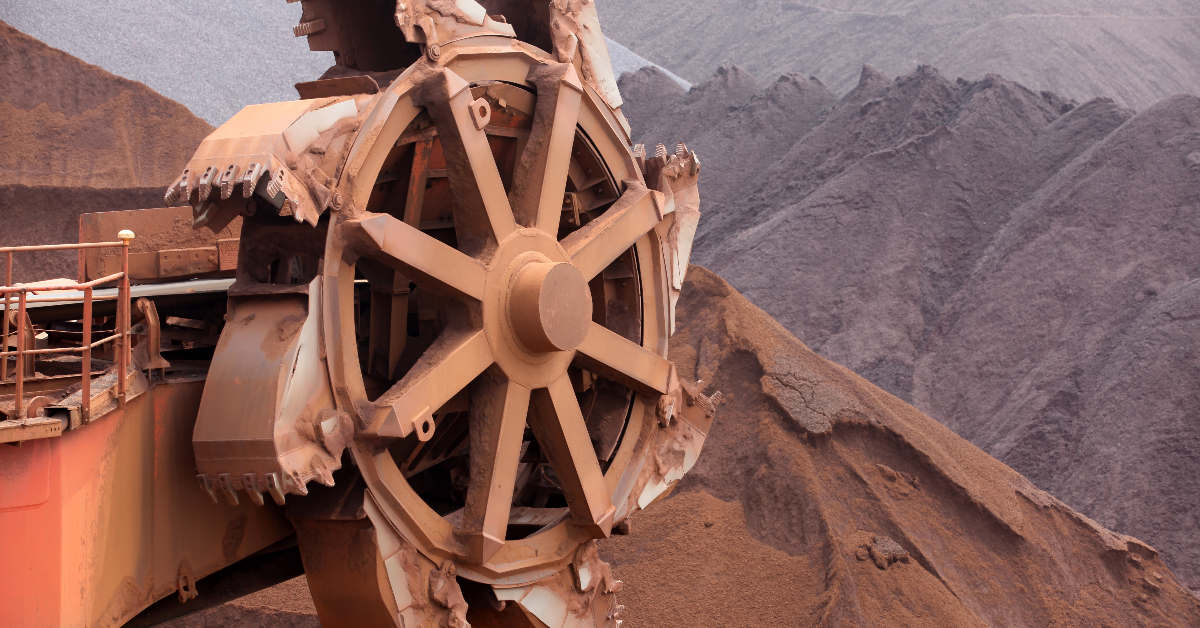
Different industrial sectors face unique challenges that demand specifically engineered coating solutions. Understanding these sector-specific requirements helps ensure your equipment receives optimal protection while meeting all regulatory and operational demands.
In the mining and earthmoving sector, equipment faces some of the most punishing conditions imaginable. Heavy machinery operating in these environments requires exceptional abrasion resistance alongside protection from chemical exposure and moisture. For components like bucket teeth and dozer blades, 2-pack paints, and high-build epoxy mastic systems prove invaluable, providing the thickness and durability needed to withstand constant impact and abrasion. Supporting structures and frames benefit from zinc primer systems topped with polyurethane, creating a defence system that combats both corrosion and UV degradation.
The transport and logistics industry presents a different set of challenges, where equipment must withstand diverse environmental conditions while maintaining aesthetic appeal. Fleet vehicles and trailers regularly traverse between coastal and inland regions, experiencing dramatic changes in temperature and humidity. Here, the combination of epoxy primers and polyurethane topcoats offers the perfect balance of corrosion protection and visual durability. This system ensures your equipment not only performs reliably but also maintains a professional appearance that reflects positively on your brand.
Marine and offshore operations face perhaps the most aggressive corrosive environments in the industrial sector. The constant exposure to salt spray and high humidity demands exceptional protection strategies. Zinc-rich primers become essential in these applications, providing active corrosion protection through sacrificial action. When coupled with high-performance epoxy intermediate coats and polyurethane topcoats, these systems create a virtually impenetrable barrier against the harsh marine environment.
Manufacturing and food processing facilities require specialised considerations, particularly regarding chemical resistance and hygiene standards. Modern isocyanate-free urethane systems have revolutionised this sector, offering excellent protection while meeting strict safety and environmental regulations. These coatings provide the necessary chemical resistance to withstand aggressive cleaning protocols while maintaining a smooth, easily cleanable surface essential for food-grade environments.
The Critical Role of Application Environment
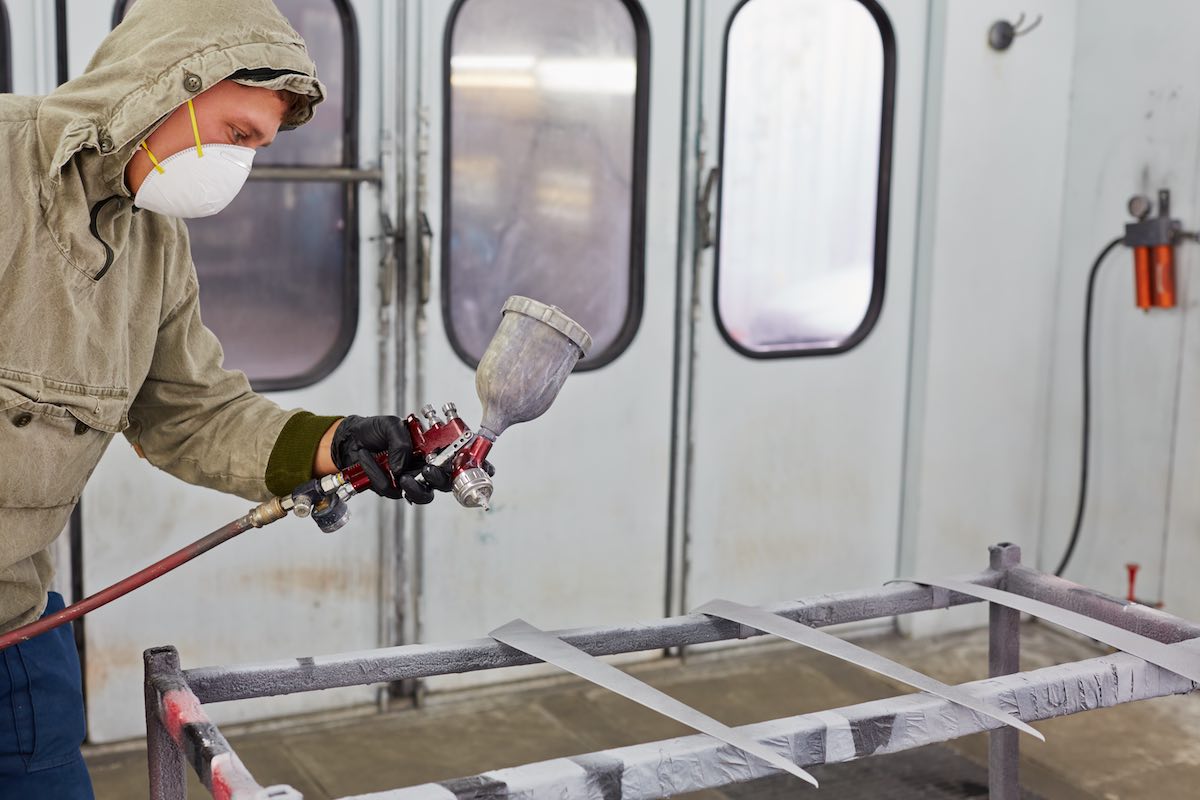
While selecting the right coating system forms the foundation of equipment protection, the application environment plays an equally crucial role in achieving optimal results. Even the highest quality coating materials can fail prematurely if not applied under controlled conditions—a fact that many project managers learn through costly experience.
Professional spray booth applications offer significant advantages over field applications, particularly for critical equipment. Temperature, humidity and dust control within a booth environment ensures consistent cure rates and contamination-free finishes. This level of control becomes especially important in Queensland’s variable climate, where outdoor humidity levels can interfere with proper coating cure times and adhesion.
Surface preparation, arguably the most critical step in any coating application, achieves superior results in a controlled environment. Grit blasting and surface cleaning procedures perform more effectively when protected from environmental contaminants, ensuring that primers achieve optimal adhesion to the substrate. This fundamental advantage translates directly into coating longevity and performance reliability.
The precision of spray booth application also ensures consistent film thickness across all surfaces, including hard-to-reach areas where corrosion often begins. This uniformity of coverage proves particularly valuable for complex equipment with intricate geometries, where inconsistent coating thickness can create weak points in your protection system.
Bringing It All Together: The APT Spray Painting Advantage
Successful project management in industrial environments requires partnering with specialists who understand both the technical requirements of high-performance coatings and the practical challenges of industrial operations. APT Spray Painting brings this expertise to every project, offering controlled spray booth conditions that consistently deliver superior results.
Our comprehensive approach encompasses everything from initial surface preparation to final quality control inspections, ensuring your equipment receives the protection it deserves. By combining industry-leading coating systems with precise application techniques, we help project managers achieve longer equipment life cycles, reduced maintenance requirements and improved operational reliability.
When considering the significant investment your industrial equipment represents, partnering with coating specialists who understand your specific industry challenges becomes crucial. APT Spray Painting’s controlled environment application process, coupled with our deep understanding of industrial coating systems, provides the quality and reliability your projects demand.
For project managers seeking to optimise their equipment’s protection while ensuring compliance with Australian standards, APT Spray Painting offers the expertise and facilities to deliver exceptional results. Contact our team to discuss how our professional coating services can enhance your equipment’s longevity and performance in Australia’s challenging industrial environments.
